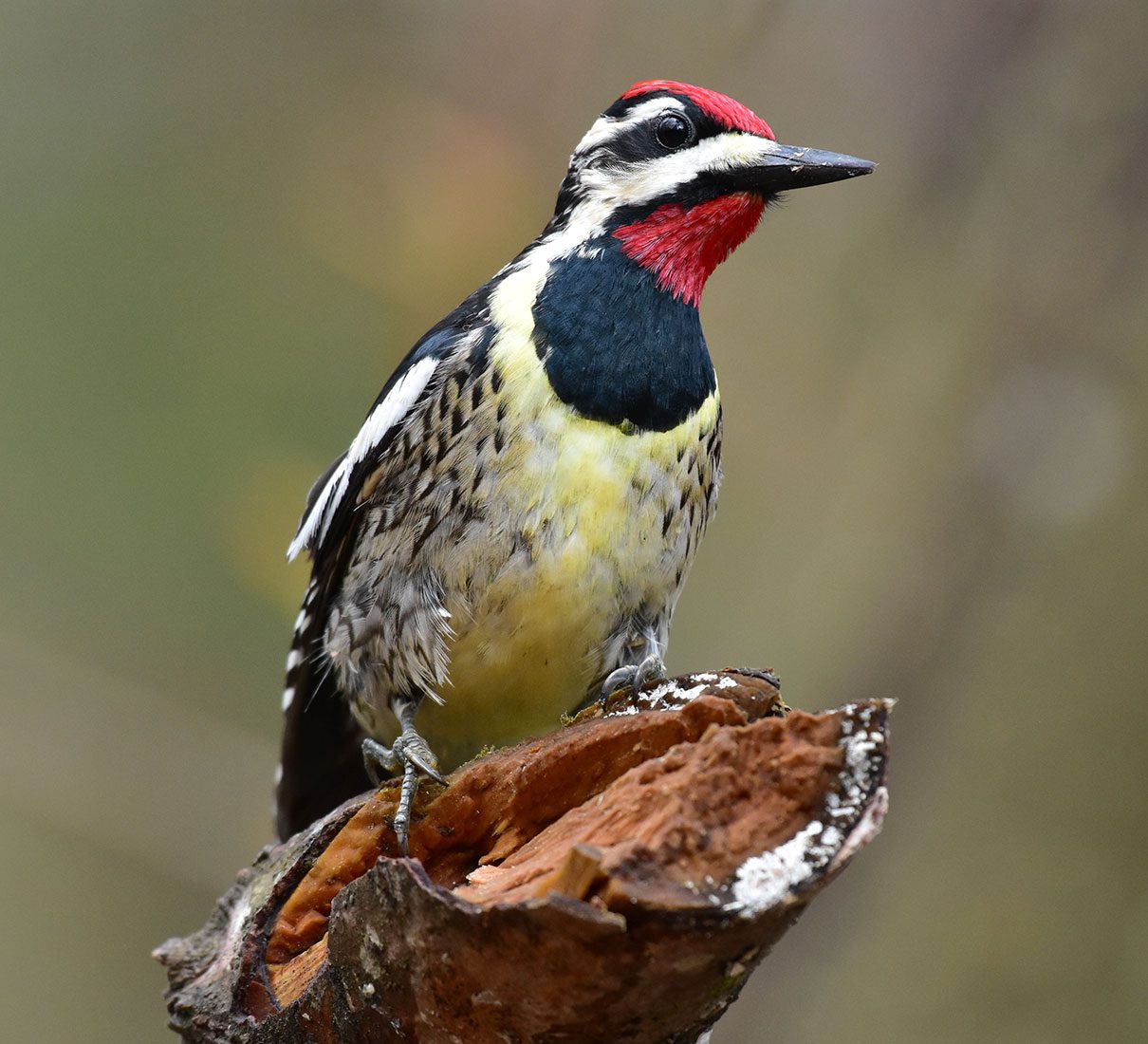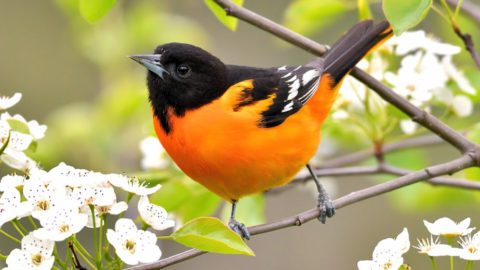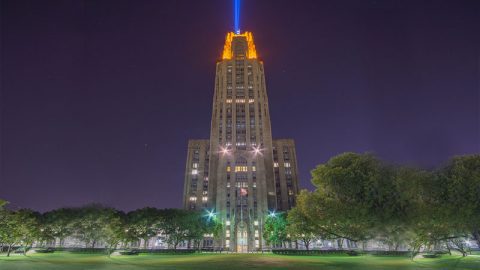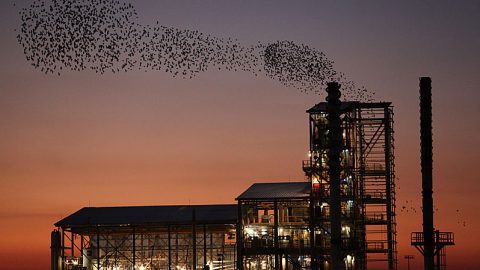View from Sapsucker Woods: Lights Out for Birds—Think Global, Act Local
By Ian Owens, Louis Agassiz Fuertes Director of the Cornell Lab of Ornithology
April 4, 2022
From the Spring 2022 issue of Living Bird magazine. Subscribe now.
Why is it so satisfying to see something special in your local birding area?
I’ve chased birds around the world for four decades, but I can’t say I’ve had deeper satisfaction than getting to know the birdlife of my new home patch, the Cayuga Lake basin. In my first Ithaca winter, I’ve had the pleasure of watching a Yellow-bellied Sapsucker come to our garden to inspect its sapwells as the sun rises each morning. I’ve watched it huddle against the tree trunk as the temperature plummets and the snow swirls and been amazed that it has stayed all winter. It’s felt like this bird gives me a lens on my new environment. We share the same little patch of forest, and in some way our lives are entwined.
As we all gradually emerge from the pandemic, more and more friends are enthusiastically embracing the idea of a local big year—trying to see as many species as they can in their local area. Some attempt their big years by foot, bike, or public transport—a low-carbon birding challenge to reduce their environmental footprint while still enjoying the pleasures of seeking out new birds. For others, a local big year is a natural extension of their activities during lockdown, when local nature brought such joy to so many people. One thing they all have in common is a growing motivation to act to conserve the species and habitats they value around them.
A vivid example of this phenomenon is illustrated in this issue, with the wonderful news that New York City has passed legislation to reduce nighttime illumination in an effort to reduce bird collisions, especially during peak migration seasons.
Although there’s still a lot of work to be done, New York is joining Toronto, Dallas, Chicago, Portland, and more than 40 other major North American cities in turning out their lights to protect migrating birds.
More On Birds and Lights
This Lights Out movement is particularly inspiring because, while there’s a lot of high-tech science in predicting when the birds are on the move and knowing when to turn out the lights, the city campaigns are all community-led projects. They’re powered by people who care about birds, coming together to influence decision-makers and policies, and making a difference for their local environment. It’s a remarkable illustration of the difference that individuals can make.
There will be other benefits from the science behind the Lights Out movement, too. This spring the BirdCast project that provides the high-tech forecasts on bird movements will also be providing birdwatchers across the U.S. with new data visualizations of the birds migrating over their local area in even more exquisite detail. I know that for many of us, checking the BirdCast forecasts becomes something of an addiction during the migration seasons, and we use it to decide when we will get up in the middle of the night to listen for flight calls or which mornings are too promising to miss for birding. I can’t wait to see the effect it will have when people are able to see detailed migration information for their own county. And I can’t think of a better catalyst for people to find ways to protect those species and habitats.
So what does this mean for how we will watch birds in the future? I can’t promise that I won’t ever travel to see new birds around the world! But I am valuing what’s in my local area much more, and that makes me even more motivated to find ways to coexist with nature more effectively. In the case of the Cornell Lab, for instance, we’ll be installing cords called Acopian BirdSavers on the outside of our windows in the coming months to reduce the risk of collisions for the birds that come to the ponds and feeders. It’s time for us to walk the talk on this sort of topic.
And so this spring I’m hopeful about our society’s relationship with birds and nature. A growing appreciation of the threats faced by birds, combined with our pandemic-inspired love of the nature around us, is making more and more of us think globally, act locally.
Ian Owens is the Louis Agassiz Fuertes Director of the Cornell Lab of Ornithology.

All About Birds
is a free resource
Available for everyone,
funded by donors like you
American Kestrel by Blair Dudeck / Macaulay Library







